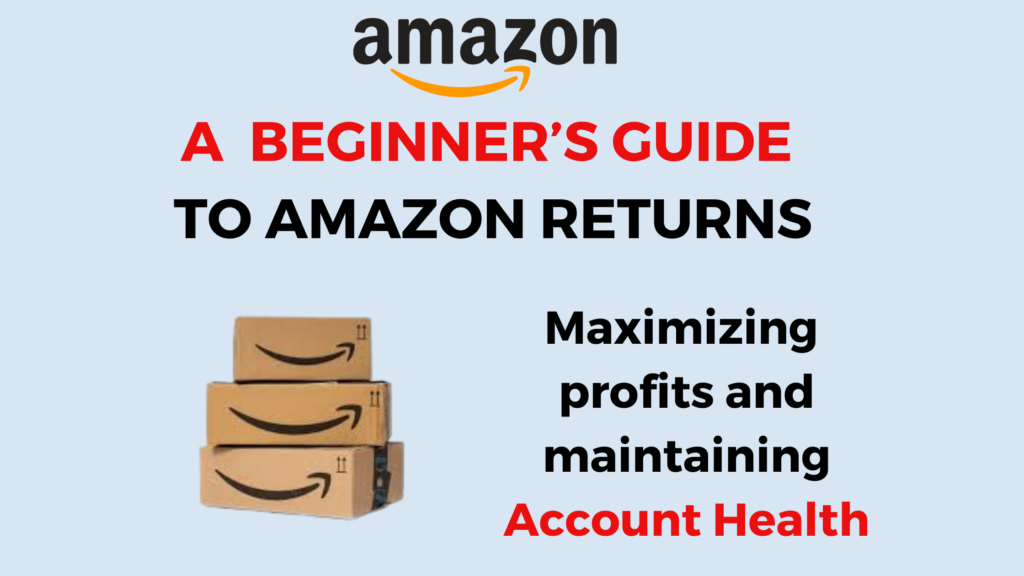
As an Amazon seller, it is vital to master the art of managing returns to operate a successful and sustainable business. Not only does effective returns management help prevent account or listing suspensions, but it also minimizes costs and maximizes profits. In this guide, we will explore key strategies to handle returns professionally, safeguard your account health, and optimize your financial outcomes.
Understanding the Reasons Behind Customer Returns:
Customers No Longer Want the Purchased Item
Sometimes, customers change their minds and no longer wish to keep the product. This could be due to various factors, such as finding a more affordable alternative, receiving the same item as a gift, or the intended recipient’s change of preference. As an Amazon seller, it is crucial to accept returned products within two days of receipt and issue timely refunds, excluding shipping fees.
Product Damage
Receiving a damaged package can be a disappointing experience for customers. In cases where the damage is not the seller’s fault, Amazon allows offering partial refunds. However, to ensure a positive customer experience and avoid negative feedback, it is often advisable to promptly process the return and provide a full refund.
Material Discrepancy from the Amazon Listing
Customers expect the product they receive to match the description, images, and additional information provided in the listing. If customers claim that the item they received is materially different, it is best practice to accept the return and promptly issue a full refund. Failing to do so may adversely affect your Amazon seller rating.
Strategies to Manage Your Amazon Return Rate
Managing your Amazon return rate is crucial for maintaining a healthy seller account and maximizing your profits. Here are some strategies you can implement to effectively manage your return rate
Implement a Buyer-Friendly Return Policy
By offering a flexible and transparent return policy, you can build trust with your customers. Clearly communicate your return window and process on your product listings. A buyer-friendly return policy encourages customers to make purchases with confidence, knowing they have the option to return if needed.
Provide Accurate Product Descriptions and Images
To minimize returns, ensure that your product descriptions are accurate, detailed, and highlight key features. Include high-quality images from multiple angles to provide customers with a clear understanding of what they can expect. Setting accurate expectations reduces the likelihood of returns due to product discrepancies.
Offer Excellent Customer Service
Timely and responsive customer service plays a pivotal role in managing returns. Address customer inquiries and concerns promptly, showcasing your commitment to their satisfaction. By effectively resolving issues, you can often prevent returns and maintain positive customer relationships.
Monitor Return Metrics and Analyze Data
Regularly review your return metrics to identify patterns and trends. Analyze the reasons for returns to gain valuable insights into potential areas for improvement. By understanding the root causes of returns, you can take proactive measures to reduce return rates, such as enhancing packaging, improving quality control, or refining product selection.
Conclusion:
Effectively managing Amazon returns is essential for maximizing profits and maintaining a healthy standing on the platform. By comprehending the reasons behind customer returns, implementing buyer-friendly policies, providing accurate product information, delivering exceptional customer service, and analyzing return data, you can minimize returns and enhance your overall success as an Amazon seller. By prioritizing

